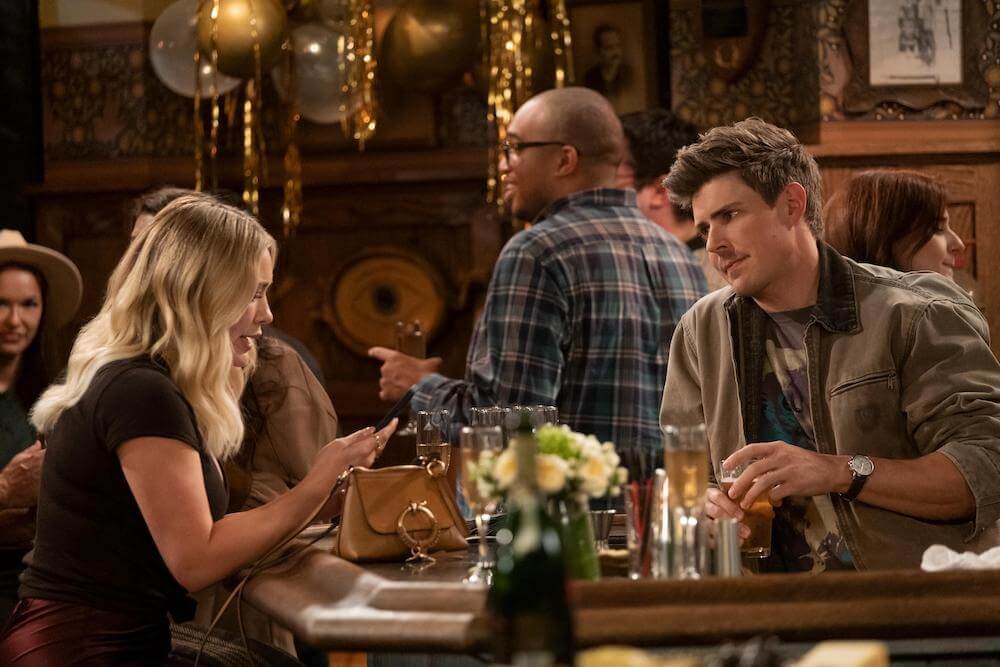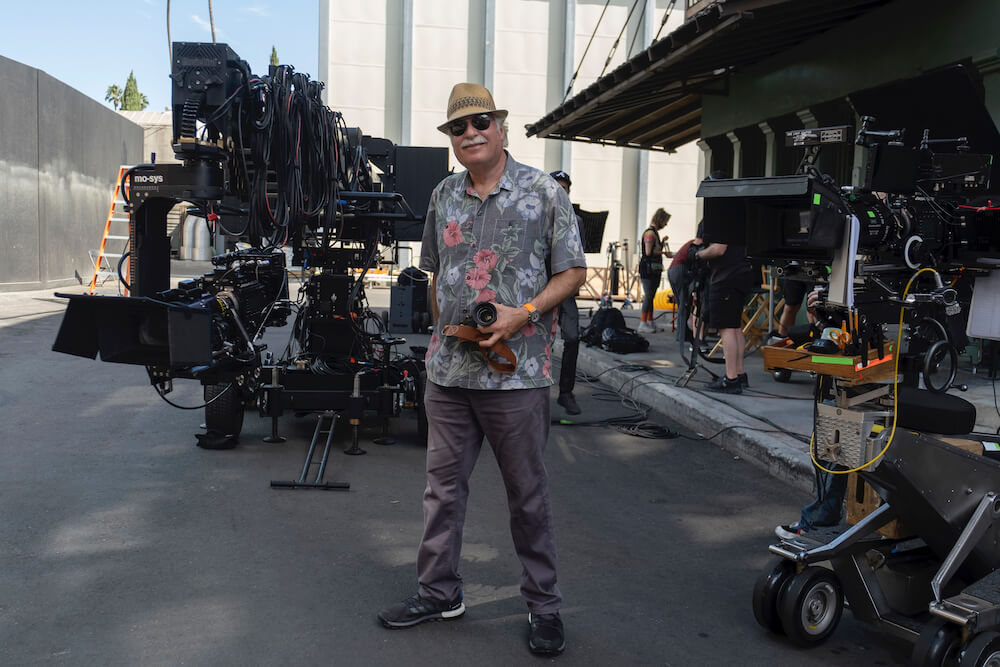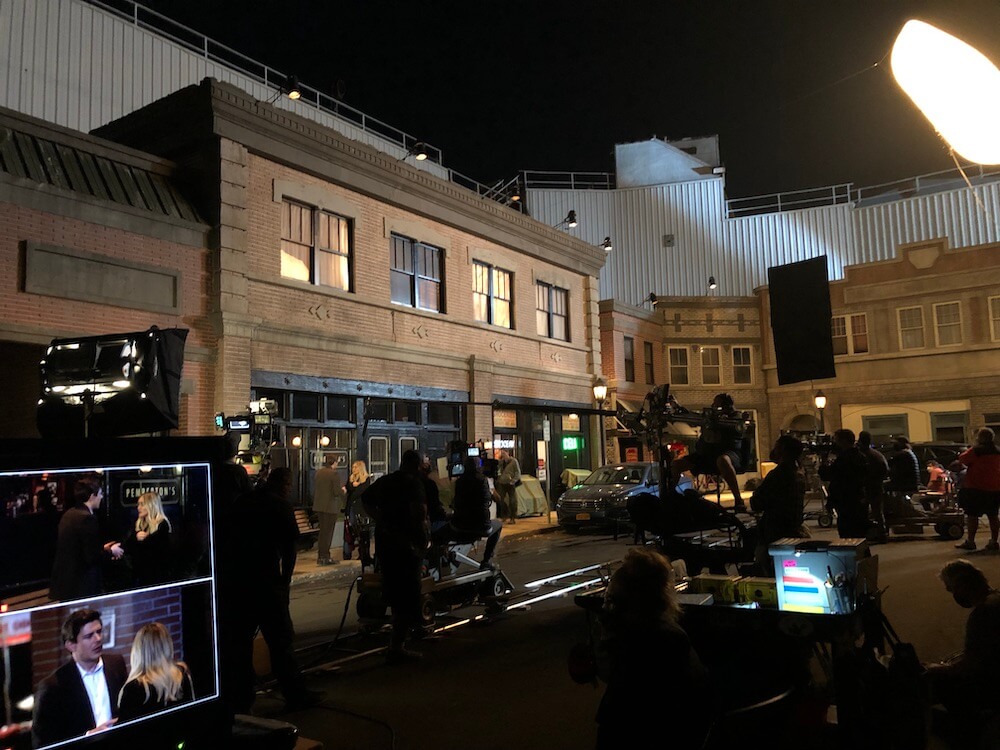Multi-Cam Matchmaking

Continuing the legacy of the fan-favorite CBS series How I Met Your Mother, the Hulu original How I Met Your Father lends a new perspective for a new generation of characters and viewers. For his work on the pilot episode, director of photography Gary Baum, ASC was nominated for a 2022 Primetime Emmy Award in the category Outstanding Cinematography for a Multi-Camera Series. Here, he explains how he and his collaborators mixed and matched approaches to create a show unique unto itself.

Panavision: How would you describe the look of the series?
Gary Baum, ASC: How I Met Your Father is a hybrid of multi-camera and single-camera styles. The showrunners had come from a single-camera one-hour show and wanted a more stylistic, cinematic tone than is traditionally expected from a confined stage project. Location shooting was to be mixed into the series.
Shooting a traditional multi-camera series, I always try to look for scenes and sets where I can impart some interesting cinematic values. The nature of our hybrid approach allows the story to examine each character in more depth and offers an opportunity for me to stretch my vision and the artistic view of my work more than any project that I’ve been on.
What brought you to Panavision for this project?
Baum: I’ve been with Panavision since the beginning of my career, and I’ve come to rely on their expertise and huge array of lenses. On our four cameras, I use the 11:1 Primo 24-275mm zooms with a slight external filtration. The matching lenses afford us complete flexibility with each camera.

What inspired you to become a cinematographer — and what keeps you inspired today?
Baum: Watching The French Connection being filmed by my high school in Brooklyn so many years ago inspired me to become a cinematographer. I’ve always been drawn to the noir side of cinematography and photography; the light and shadows of John Seitz, ASC’s work on Sunset Boulevard, John Alton’s work on T-Men, and Nicholas Musuraca, ASC’s work on Clash by Night left an indelible impression on me at a young age.
I came up through the ranks working with some fine cinematographers who used a mixture of hard and soft light, and I was able learn through these talented individuals. Now it’s the incredible work being done by fellow cinematographers that keeps me totally engaged for the challenge coming over the next rise.